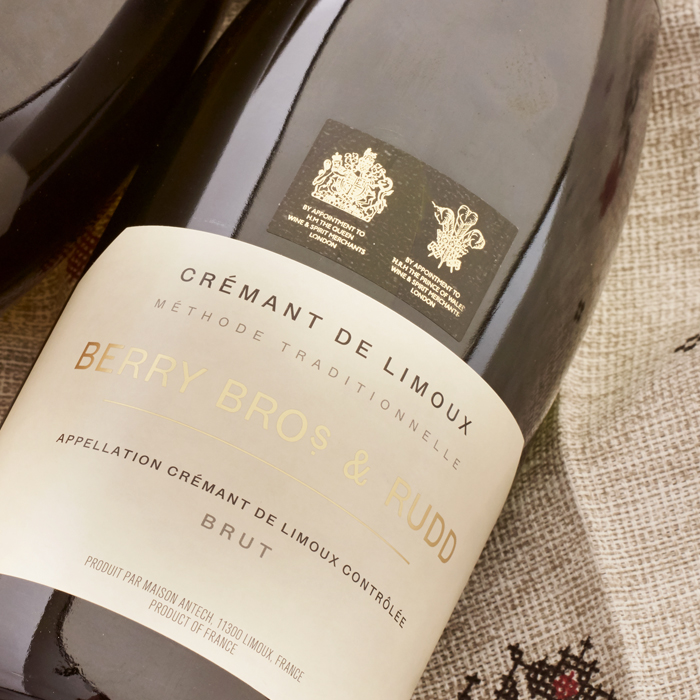Behind the bubbles
Author: Barbara Drew MW

Photograph: Joe Woodhouse
Champagne is traditional method sparkling wine that is made and matured in the Champagne region, covering the towns and villages in Northern France around Rheims, Epernay and Äy. As a wine it has achieved great commercial success due to a combination of factors: a cool climate that leads to delicate, complex flavours in the wine; chalky soils that are perfectly suited to Chardonnay and Pinot Noir; a long history in which to build its reputation and perfect its winemaking; and plenty of marketing clout.
There are, however, other regions in France that share many of these factors, but lack the marketing reach or fascinating history that have helped cement Champagne as the wine for celebration. In truth, Champagne is just one of the myriad regions that make delicious sparkling wine.
As Champagne is a protected term, it cannot be applied to wines from any other region. In fact, so strict are the Champenois that one can no longer even reference the method used to make this wine – “Champagne method” – having instead to use the vaguer term “traditional method” or the slightly classier “méthode traditionelle”. These terms refer to the fact that the bubbles are created by a second fermentation in bottle. After this process the wine spends time resting on the yeast cells, lending a yeasty, brioche character to the wine. (For more on this, look out for my forthcoming post on how to make sparkling wine.)
But this same method is used to make wines from as far apart as the Loire, Alsace, Bordeaux and the Languedoc, each region lending its own style to the wine. They all bear the name “Crémant” which literally translates as “creaming”, after the softer, “creamier” mousse (ie smoother texture of the bubbles) created by the traditional method. And – thanks to their less fashionable name – these wines often offer great value.
Crémant d’Alsace tends to be rich and textured, while Crémant de Limoux often has a bruised apple character. Each uses a combination of the classic Champagne grapes (Pinot Noir and Chardonnay) along with a mix of local varieties: a splash of Savagnin in the Jura, or a proportion of Pinot Blanc in Alsace.
The most common styles of Crémant:
- Crémant de Loire: with a huge range of grapes to choose from, this can come in a range of styles, from floral and fruity, to stony and flinty
- Crémant de Bourgogne: probably the closest in style to Champagne, though often with less yeastiness and slightly fresher apple fruit
- Crémant d’Alsace: often slightly nutty due to the addition of Pinot Blanc, Alsace is the second best-selling fizz in France after Champagne
- Crémant de Jura: with the addition of the local grape Savagnin, this can often have a smoky, orangey flavour with piercing acidity – an excellent match for food
- Crémant de Bordeaux: often overlooked in favour of the still wines from the region, both white and rosé Crémant are produced here
- Crémant de Limoux: the local grape Mauzac adds a bruised apple character to the wine while the slightly warmer climate in the South of France means softer acidity as well, so an excellent gentle apéritif
If you include Champagne in the mix, that’s a sparkling style for every day of the week…
The Berry Bros. & Rudd Crémant de Limoux is our wine of the week; find out more about it (and stock your fridge for summer) here.


